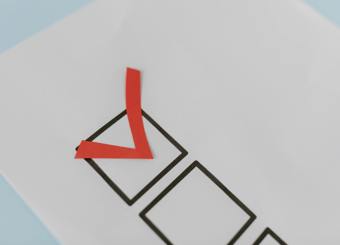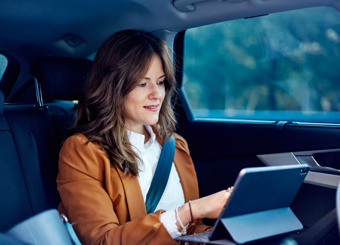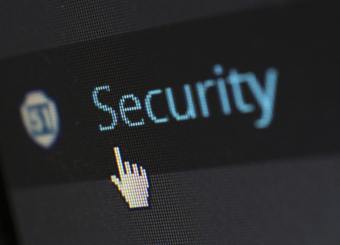Proof of an expense report: What does this document look like?
Every expenditure incurred by an employee within the frame of their professional activity must be accompanied by proof to guarantee the reimbursement. Proof of expense is a key element in the process of managing and reimbursing business expenses. It is used to justify expenses incurred, ensure the compliance of costs incurred and be in good standing with the administration.
However, there are so many different methods for each type of expense incurred.
We put together this article to help you better grasp the concept of a proof of expense:
Proof of expense: the classic case
In general, an invoice or a receipt is enough to be qualified as proof. It can be in a paper or digital format before being approved internally within the company. The expense report proof has to include several components to make it legitimate such as:
- Merchant name
- Date of the expense
- Description
- VAT (if the expenditure is subject to VAT)
How to distinguish a receipt and an invoice?
It is important to distinguish these two papers often confused in our everyday conversations.
An invoice is an accounting document that certifies the purchase or sale of goods and services. This document does not justify the payment of the expense. Therefore, it is important to specify whether it’s a not paid invoice, partially paid or paid in full.
The receipt is a document issued to the customer at the time of payment following a given service, intended to serve as proof fiscally speaking.
Unlike the invoice, the receipt includes all the necessary information for reimbursement of an expense report since it certifies that the employee has actually incurred an expense on behalf of the company. When it comes to the credit card receipt, it may in some cases be accepted at some companies, but this document does not often contain all the information of the expense. It must always be accompanied by the receipt provided by the service provider.
Proof of expense: Special cases
Depending on the expenditures, the expense report proof documents have their own particularities and this is according to the type of expenses incurred.
Actual mileage expenses
An employee may be required to use their own vehicle for business travel. In this case, the reimbursement of the expenses is possible as long as the justification document is in conformity.
It must indicate:
- The reason for the trip (to prove that it is for a professional purpose)
- Location of the business trip
- Distance traveled
- The vehicle’s horsepower
The employee must provide the vehicle’s registration in order to confirm the vehicle’s horsepower. It is recommended to keep all other documents related to a trip made to anticipate any tax check such as the toll ticket, the cash receipt, etc.
Transportation costs
Just like mileage expenses, the reimbursement of transportation costs is possible when the employee traveled for a professional business trip (with some exceptions).
Therefore, the employee is required to provide a travel ticket or the different expenses incurred during the trip using a company vehicle such as toll, fuel, etc.
Meal expenses
Employees may incur meal expenses as part of their professional activity.
Just like other cases, the proof document is essential to justify the expense. An invoice, receipt, or ticket will do the trick.
Sometimes the employee invites a client to create a professional relationship. In this case, the proof must include:
- Name of the guest
- The function of the guest
- Name of the company
- Names of colleagues accompanying the employee.
Accommodation costs
In addition to the standard proof, accommodation costs must include:
- Number of nights
- Room type
- Other expenses (if these elements are included in the company’s spending policy)
It is important to indicate why the employee has stayed in a hotel by determining the distance from their home.
As you can see, the proof of expense is a document that is important for the reimbursement of business trips, and also vis-à-vis the tax administration.
Today, regulatory changes are initiated around the world. For instance, digital archiving with probative value is part of the dematerializing of invoices. Knowing that 15% of the proof of expense is damaged, lost or received after the deadline of acceptance, this is a real revolution.
Discover here 4 easy steps to digitize your expense management
Thanks to this regulatory advancement, the vouchers scanned with Expensya’s expense management solution have the same legal value as the paper vouchers.
An expense reports management solution like Expensya allows you to dematerialize your receipt in real-time. The Smart Recognition technology OCR+ extracts all relevant information in a matter of seconds, freeing you from manual entry and all the time-consuming steps of this process.





